FriendTech has made a big splash in the Web3 world. Yet, it’s not just another decentralized social network—it has started a whole new trend. With FriendTech, users can buy and sell “keys” that connect to X accounts, and these keys give access to private chats and special content on the FriendTech platform.
Crypto platform Friend.tech, launched in August 2023, has some enthusiastic supporters hailing it as the first real success story in the social crypto space. In the first two weeks after its launch, the platform reportedly gained more than 100,000 users and made about $25 million. This was followed by reports of its early demise, which was in turn followed by a sudden surge in popularity.
Social token, driven platforms allow users – including individuals as well as brands and businesses – to create and monetize online communities using blockchain technology. Supporters view social tokens as a probable key driver of Web3 adoption and an important way to bring newbies to the cryptocurrency world into the fold. In short, social tokens combine aspects of traditional cryptocurrencies with patronage systems, allowing influencers, creators, and others to monetize a fan base in exchange for exclusive offers and content.
Basics of Friend.tech
Friend.tech is a decentralized social network. Users can buy and sell “keys”—previously known as “shares”—that are linked to Twitter (now X) accounts. These keys offer access to private in-app chatrooms and exclusive content from that X user. The platform markets itself as “the marketplace for your friends.”
We’ve renamed Shares to 𝗞𝗲𝘆𝘀. The original name was a placeholder during development and we think Keys better illustrates their purpose as in-app items used to unlock your friends’ chatrooms pic.twitter.com/phkZky13VL
— friend.tech (@friendtech) August 21, 2023
Each user on the app has a chat group akin to ones found on platforms like Telegram. The catch is that users must purchase keys in order to enter other users’ private chats. They can later choose to sell those keys if they decide to leave the chat.
In this way, Friend.tech can be seen as a social media platform or, perhaps more specifically, a sort of offshoot of X. Popular Twitter users have previously found success (and sometimes legal trouble) by using the platform to sell tokens that they themselves launched or which they’ve been paid to promote. Sometimes these users would incentivize the sale of these tokens by linking them to exclusive content.
Friend.tech takes this pre-existing aspect of Twitter and fleshes it out with a set of standardized crypto platform features, including airdropped rewards, fee sharing, and more. Like many other recent social media platforms, it requires that users have an invite code in order to join. This has helped to contribute to a highly competitive landscape in which eager would-be adopters search for codes, helping to promote the platform in the process. Users looking to get onto Friend.tech should access the site of the same name from a phone browser, which will allow them to add the app to their phone. Each member of the platform currently is provided with three invite codes to give out. Once in the app, a new user links their Google and X accounts and bridges ether from Arbitrum to the base wallet address. At this point, they are ready to begin buying and selling keys and participating in private chats.
Friend.tech is a browser-based application launched on the Base network, an Ethereum scaling network provided by crypto exchange Coinbase.
Rapid Growth
Friend.tech is not the first social token platform to receive widespread attention. Late in 2022, a platform called Roll attempted something similar, aiming to provide users the on-chain capacity to enable subscriber tiers like the popular Web2 site Patreon.
But Friend.tech’s growth has eclipsed other social token systems. Two weeks after its launch, Friend.tech earned a reported $1 million in fees, equivalent to 5% of the value of each transaction, in a single 24-hour period. That translates to more than $700,000 in ether revenue after accounting for gas fees and other costs in just a day.
And Friend.tech has already made some of its top earners a hefty sum in a similarly short time. Esports influencers in particular have rapidly risen through the ranks to become some of the top passive earners, gaining tens of thousands of dollars each in a matter of days. Individual users make fees each time keys to their private chats are bought or sold.
An added incentive for participants in the Friend.tech ecosystem is that users classified as “creators” (as opposed to “followers”) see key prices increase as their networks grow larger. This obviously benefits creators by providing them more rewards in the form of fees. But it also benefits their followers if they choose to sell their keys, assuming they have appreciated in value since the time they first purchased them. The price of keys is determined based on the concept of a bonding curve.
How FriendTech innovated the Decentralized Social sphere
The social media realm has seen notable changes, with Elon Musk turning Twitter into X and Web3 experimenting through platforms such as Lens Protocol and Galxe. However, in 2023, it was FriendTech, debuting on the fresh Base Layer-2 blockchain, that truly captured widespread attention.
FriendTech introduces a different approach to the creator-user interaction seen on many platforms. Instead of the traditional dynamics, the platform offers a system where users can buy and sell “keys” to X accounts.
These “keys” provide access to specific content or chat rooms associated with that account. The model seems to prioritize a value exchange, as it offers creators potential financial incentives while users gain a more direct channel to interact with content creators.
What the FriendTech effect can mean to Web3
What is 3,3?
The ‘3,3’ term and meme, prominent in FriendTech discussions, originates from the OlympusDAO protocol. In essence, it represents choices: staking, bonding, or selling tokens, each with its potential rewards or consequences.
In FriendTech’s ecosystem, ‘3,3’ emphasizes mutual benefits—buying someone’s key can increase their value based on demand, introducing an engaging game-like dynamic to the platform. Each key transaction has a 10% tax rate – half goes back to the content creator, and the other half to the platform. Moreover, FriendTech airdrop rumors maintain activity in the space high, and the 3,3 strategy could potentially maximize users’ airdrop eligibility.
Is FriendTech sustainable?
SocialFinance (SoFi) dapps have certainly paved a new path in the Web3 arena. However, their long-term viability hinges on sustained user interest, potential regulatory changes, and their agility in responding to shifting market needs.
What are the risks involved with FriendTech-like dapps?
- Regulatory Risks: Governments and regulatory bodies might scrutinize or even restrict FriendTech’s operations due to its decentralized nature and the buying and selling of “shares” related to social accounts. Moreover, social media platforms like X could limit the options to connect FriendTech to X.
- Market Adoption: The platform’s success hinges on user adoption. If users or creators abandon the platform, its value could diminish.
- Smart Contract Vulnerabilities: As with any dapp, FriendTech is subject to potential vulnerabilities in its smart contract, which could be exploited if not addressed.
Is SoFi going to overshadow NFTs?
FriendTech and SoFi revive the creator-rewarding ethos that characterized the early NFT royalties system. Artists like William Murphy are leveraging the platform to deepen ties with collectors and generate revenue. Its versatility, allowing for diverse community engagement—from valuable NFT raffles by top collectors to personalized sessions and advice—sets it apart. This shift represents strength for Social dapps in a moment when NFT communities are facing their coldest bear market. This relationship, therefore, is one to keep under watch.
Continue your Social Web3 journey
Explore DappRadar for the latest in decentralized social platforms. Dive into our platform and peruse the Top Social Dapps Ranking for a curated list of the hottest projects. Stay ahead of the curve and seize opportunities as they emerge.






